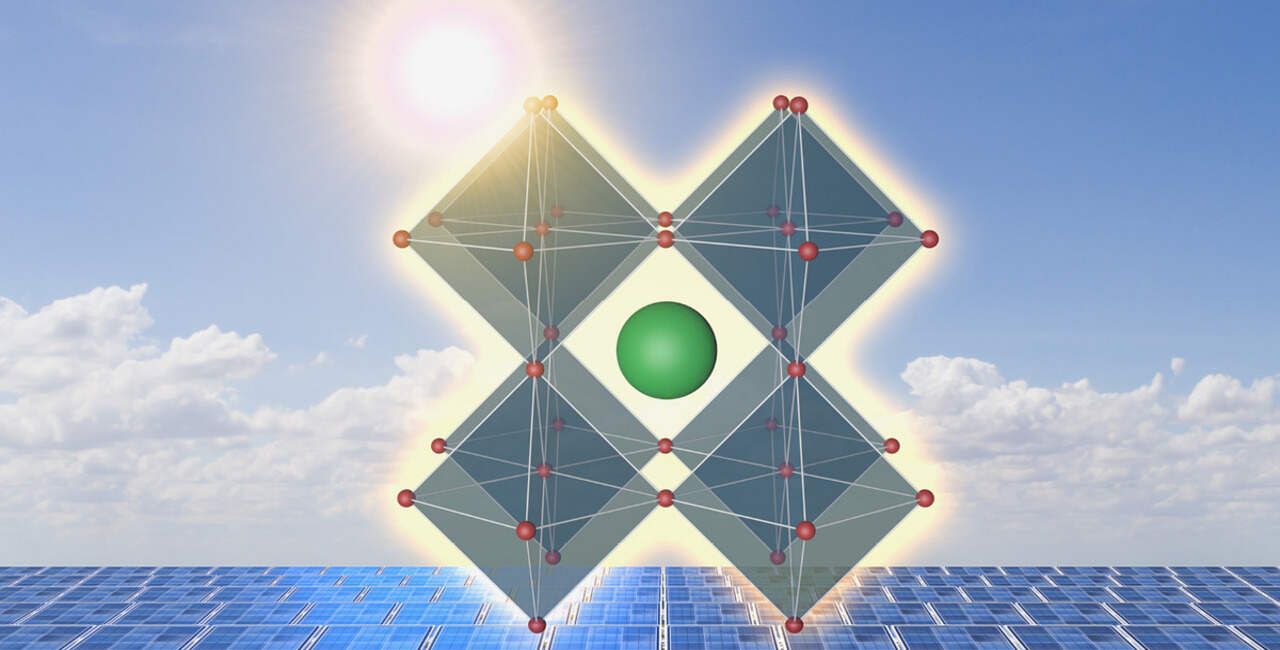Solar Panel Tech in 2025: From Bifacial to Perovskite, What’s Coming Next?

Solar energy is evolving quickly, and 2025 is set to bring some groundbreaking innovations. From next-gen materials like perovskite to ultra-efficient solar cells, the future looks bright—literally! If you’re curious about what’s coming next in solar panel technology advancements, you’re in the right place.
Governments and businesses worldwide are investing largely in high-efficiency solar panels, aiming to make solar energy the go-to power source. As climate concerns grow and energy demands rise, new tech is making solar more powerful, cost-effective, and sustainable. Let’s explore the most exciting tech shaping the future of solar energy and what they mean for you.
The Evolution of Solar Panel Technology
Not too long ago, solar panels were heavy, expensive, and not all that efficient. Fast forward to today, and we’ve got sleek, high-performing solar panels capable of delivering more power than ever before. The leap from traditional silicon panels to high-output solar panels with aesthetic designs and better materials has been remarkable.
We now have bifacial panels that capture sunlight from both sides, perovskite solar cells that promise higher efficiency at lower costs, and smart solar tracking systems that ensure maximum sunlight absorption. The industry is evolving at lightning speed, and we’re about to see even bigger advancements in solar panel efficiency advancements.
Key Solar Panel Technology Trends for 2025
1. High-Efficiency Solar Cells
Everyone wants high-efficiency solar modules that generate more power in less space, and new solar cell designs are making this possible. Some of the most exciting developments include:
- Tandem Solar Cells: These combine perovskite with silicon to push efficiency beyond 30%.
- Quantum Dot Solar Cells: Using tiny semiconductor particles, these improve light absorption and energy conversion.
- Multi-Junction Solar Cells: Used in space tech, these stack multiple layers to capture more sunlight.
2. Bifacial Solar Panels
Why use just one side of a panel when you can use both? Bifacial solar panels collect sunlight from the front and back, increasing efficiency. These are especially useful for large-scale installations where reflected sunlight can boost power generation. They’re also built tough, meaning they contribute to extending the lifespan of solar panels and perform better in extreme conditions.
3. Perovskite Solar Cells
Perovskite solar cells are gathering praise for their high efficiency and low production costs. They absorb more light than traditional silicon cells, even in low-light conditions. Researchers are now focused on making them more stable so they can last as long as conventional panels.
4. Heterojunction Technology (HJT) Solar Panels
HJT panels combine different types of silicon to maximize efficiency, making them a top contender for the best solar panel technology in 2025. These panels perform better in hot weather, making them ideal for hot climates.
5. Solar Panel Recycling and Sustainability
With millions of solar panels expected to reach the end of their lifespan soon, recycling solar panels is becoming a priority. The industry is finding ways to extract valuable materials like silicon, silver, and aluminum to reduce waste and make solar even more sustainable.
6. Transparent and Flexible Solar Panels
Imagine a world where windows could be solar panels too. That’s exactly what transparent solar panels aim to achieve. They’re being developed for buildings, cars, and even mobile devices. Meanwhile, flexible solar panels are making their way into wearables and portable solar solutions.
7. The Rise of Floating Solar Farms
Who says solar farms need to be on land? Floating solar farms, or "floatovoltaics," are being deployed on lakes and reservoirs, conserving land and reducing water evaporation at the same time. These are proving to be a clever solution for areas with limited space.
8. Solar Energy Storage Integration
Solar power is great, but without storage, it’s limited to daylight hours. The latest advances in solar energy storage focus on better batteries. Lithium-ion batteries are improving, while solid-state batteries could be the next big thing, offering higher efficiency and longer life spans.
The Role of ARKA 360 in the Future of Solar Energy
With so many advancements in solar technology, designing and implementing solar projects is more complex than ever. That’s where ARKA 360 comes in. As solar energy evolves, industry professionals need modern tools to navigate the increasing complexity of system design, financial planning, and solar proposals.
ARKA 360’s solar design software helps professionals and non-seasoned people design efficient and cost-effective solar systems with ease. Whether it’s automating solar layouts, optimizing financial models, or integrating the latest high-efficiency solar panels, ARKA 360 ensures that solar businesses keep up in this constantly evolving industry.
ARKA 360 provides detailed shading analysis, performance simulations, and financial projections, enabling solar companies to make data-driven decisions. Offering a user-friendly interface and powerful automation tools, ARKA 360 simplifies the solar design process, reducing errors and improving overall solar project efficiency.
FAQs on Latest Solar Panel Technology Trends
What is the newest technology in solar?
Some of the latest advancements include tandem solar cells, perovskite solar panels, and heterojunction solar panels, all of which improve efficiency and affordability.
What is the most efficient solar panel technology?
Right now, tandem solar cells and HJT solar panels lead the way, achieving over 30% efficiency in lab settings.
What type of solar panel lasts the longest?
Monocrystalline silicon panels are the most durable, lasting over 25–30 years. HJT panels also show lower degradation over time.
What is the new technology to replace solar panels?
Future alternatives include solar paint, transparent solar cells, and quantum dot solar technology, which could one day make traditional panels obsolete.
Which US organizations are at the forefront of solar panel technology research?
Leading institutions include the National Renewable Energy Laboratory (NREL), MIT Energy Initiative, and the Department of Energy’s Solar Energy Technologies Office (SETO).
Can you buy perovskite solar panels?
Not just yet! While perovskite solar panels are promising, they’re still in development. However, companies are working on commercializing them soon.
Conclusion
The future of solar is looking incredibly exciting, with solar panel efficiency advancements, improved storage solutions, and new materials leading the way. Whether it’s higher efficiency, better durability, or innovative applications like transparent panels, solar energy is set to become even more accessible and impactful.
With platforms like ARKA 360’s solar design software, solar professionals can stay ahead of the game, designing high-performing systems that maximize efficiency and return on investment.
As we move into 2025, one thing is clear: solar energy innovations will continue to shape a cleaner, greener, and more energy-independent future for all.
